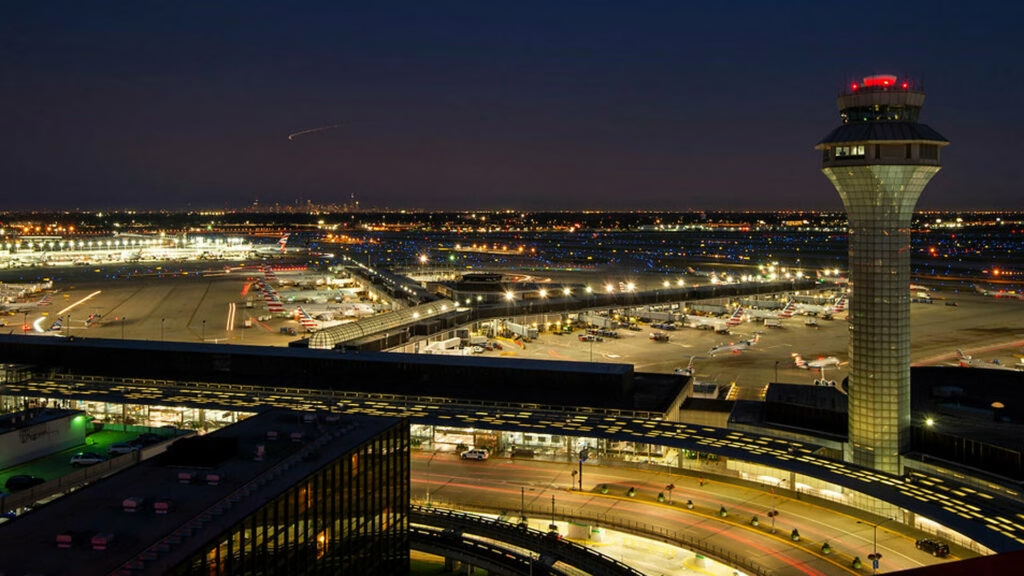A DoorDash driver recently made headlines for an unexpected detour into one of the busiest airports in the world—O’Hare International Airport in Chicago. This incident raises some serious questions about airport security and how a lost delivery driver could end up on the tarmac.
What Happened at O’Hare?
Over the weekend, a 36-year-old DoorDash driver, reportedly lost, managed to drive onto the airport grounds, navigating through restricted areas and even making his way along the tarmac. Security personnel eventually stopped him near a United Airlines plane at Gate C16. It’s a scenario that sounds more like a plot twist from a movie than a real-life event, but it happened nonetheless.
The driver was released without charges after authorities determined that he had simply made a mistake. According to reports, he had driven for miles along the airport’s interior roads before being stopped. While he was likely just trying to fulfill a delivery, the implications of such a security breach are significant.
How Did This Happen?
O’Hare International Airport is no small operation. In fact, it was ranked as the second busiest airport in the world last year, with over 776,000 aircraft movements. Given the scale of operations, one would expect stringent security measures to be in place. So, how did a delivery driver slip through the cracks?
The Chicago Department of Aviation stated that there were no operational disruptions or safety incidents due to this occurrence. However, the fact that it took approximately 16 minutes for security to respond after the vehicle entered a restricted area raises eyebrows. It’s a reminder that even in highly regulated environments, human error and oversight can lead to lapses.
What Are the Implications?
While the incident ended without any harm, it serves as a wake-up call for airport security protocols. Airports are designed with multiple layers of security to prevent unauthorized access, and this situation highlights a potential vulnerability. If a lost delivery driver can wander into such a sensitive area, what does that mean for the safety of passengers and aircraft?
The incident also underscores the importance of clear signage and navigation aids for drivers in unfamiliar areas. Many delivery drivers rely heavily on GPS, which can sometimes lead them astray, as evidenced by this case. Better guidance could help prevent similar situations in the future.
What Can Be Done?
Moving forward, airports may need to reassess their security measures and response protocols. This could involve:
1. **Enhanced Training for Security Personnel**: Ensuring that security staff are well-prepared to respond quickly to unauthorized access incidents can mitigate risks.
2. **Improved Signage and Navigation**: Clearer signs directing drivers away from restricted areas could help prevent confusion.
3. **Regular Security Audits**: Conducting routine checks and drills can help identify and rectify potential vulnerabilities in security protocols.
4. **Public Awareness Campaigns**: Educating delivery drivers about airport regulations and the importance of adhering to designated routes could also be beneficial.
The big takeaway? Security isn’t just about high-tech systems; it’s about human vigilance and clear communication. A small change, like better signage or more thorough training, could make a world of difference. If you’re a delivery driver or just someone navigating unfamiliar territory, always double-check your route. You never know where a wrong turn might lead.

